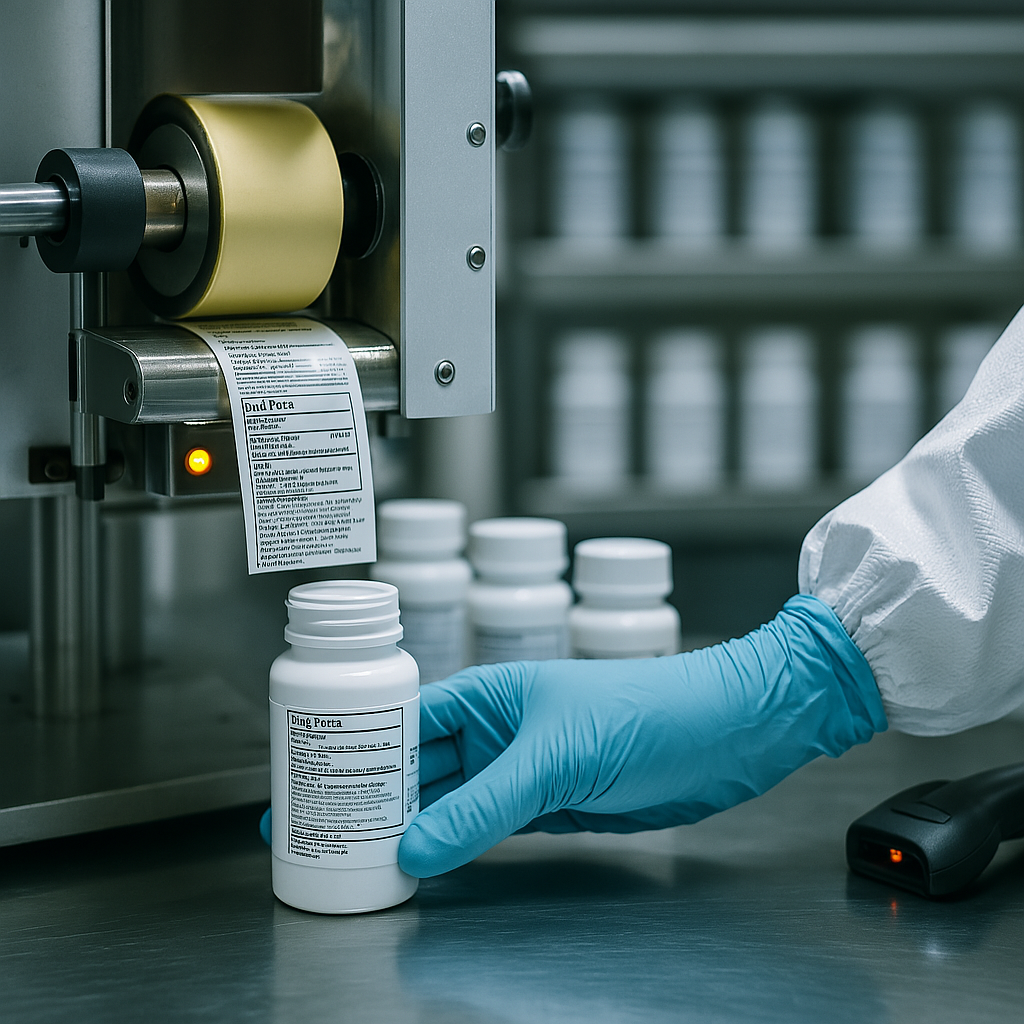
Introduction
Drug product labeling is far more than just printing a name on a bottle—it’s a critical component of pharmaceutical compliance and patient safety. Proper labeling ensures that healthcare professionals and patients receive accurate information about dosage, administration, warnings, and storage.
What Is Drug Product Labeling?
It includes all printed materials that accompany a pharmaceutical product—bottle labels, carton labels, inserts, patient information leaflets (PILs), and instructions for use. These elements must meet regulatory requirements set by authorities like the USFDA, EMA, CDSCO, and WHO.
Key Components of Effective Labeling
Regulatory Compliance in Labeling
Labeling must align with approved drug dossiers and be updated with any changes in formulation, safety data, or usage guidelines. Any non-compliance can lead to warning letters or product recalls.
Challenges in Labeling
Conclusion
At apicule, we provide pharmaceutical labeling services that are accurate, up-to-date, and fully compliant with global regulatory standards. Our network of partners ensures clarity, consistency, and safety in every label—helping protect both your product and your patients.
IntroductionIn the highly regulated pharmaceutical industry, making informed decisions is not optional—it’s critical. Whether you’re sourcing APIs, partnering with a CDMO, or acquiring a facility, due diligence inspections are a... Read more
IntroductionAn Abbreviated New Drug Application (ANDA) is the regulatory pathway for getting generic drugs approved by the U.S. FDA. Filing an ANDA is a strategic move that allows pharmaceutical companies... Read more
IntroductionIn pharmaceutical manufacturing, even the best systems and equipment are only as good as the people operating them. Personnel and training audits are essential to ensure that staff members are... Read more